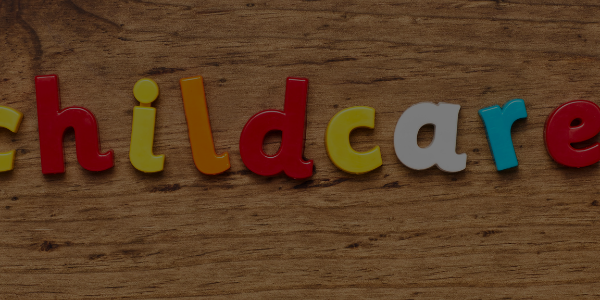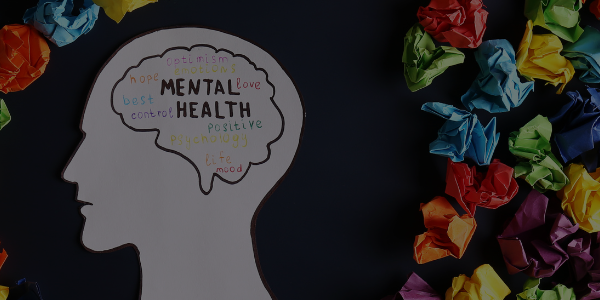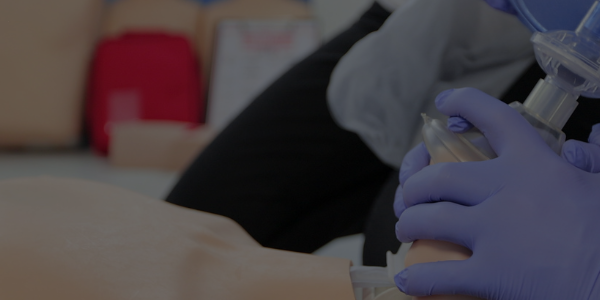Childcare centers play a crucial role in providing a nurturing and enriching environment for young children. At AB First Aid Training, we understand the importance of safety and health in early childhood education. In this blog, we’ll explore essential strategies and tips for childcare providers in Australia to create a safe and healthy learning environment that fosters the well-being and development of children.
Childproofing and Safety Measures
- Conduct a thorough safety assessment of the childcare center to identify potential hazards1.
- Install safety gates, outlet covers, and cabinet locks to childproof the environment.
- Ensure that furniture and equipment are securely anchored to prevent accidents.
Hygiene and Sanitation
- Maintain strict hygiene practices to prevent the spread of illnesses2.
- Encourage regular handwashing for both children and staff.
- Develop cleaning protocols for toys, surfaces, and common areas.
Nutrition and Meal Planning
- Plan well-balanced and nutritious meals and snacks for children3.
- Accommodate dietary restrictions and allergies, ensuring that all meals are allergen-free.
- Promote healthy eating habits and provide age-appropriate portion sizes.
Allergy Management:
- Gather comprehensive allergy information from parents or guardians4.
- Implement strict food allergy policies and educate staff on allergen awareness.
- Create allergy-free zones within the center to minimize the risk of exposure.
Staff Training and Supervision
- Ensure that all staff members are trained in first aid and CPR specific to childcare settings5.
- Maintain appropriate staff-to-child ratios to ensure supervision and safety.
- Conduct regular professional development and training sessions for staff.
Communication with Parents and Guardians
- Establish open and transparent communication channels with parents and guardians6.
- Share information about children’s daily activities, meals, and any incidents promptly.
- Collaborate with parents to address concerns and provide feedback on their child’s development.
Creating a safe and healthy learning environment in Australian childcare centers is essential for the well-being and development of children. By implementing childproofing measures, maintaining hygiene and sanitation, offering nutritious meals, managing allergies, providing staff training, fostering open communication, and being prepared for emergencies, childcare providers can ensure that children receive the best possible care and education.
- What safety and health measures are currently in place at your childcare center, and what improvements can be made?
- Are there specific challenges or concerns related to safety and health that you would like to address in your childcare setting?
Please note that regular First Aid and CPR Training is the best way to make sure that you’re prepare in the case of an emergency. Book a course with us
- Child Care Safety Checklist – Australian Government Department of Education, Skills and Employment: Link ↩
- Hygiene Practices in Child Care – Raising Children Network: Link ↩
- Nutrition for Children in Child Care – Eat for Health, Australian Government: Link ↩
- Allergy Management in Childcare Settings – Allergy & Anaphylaxis Australia: Link ↩
- Childcare First Aid – Australian Child Care Career Options: Link ↩
- Effective Communication with Parents – National Quality Standard: Link ↩
- Emergency Management – Early Childhood Australia: Link ↩
Find this article useful? Enjoy reading more of our blogs here!





